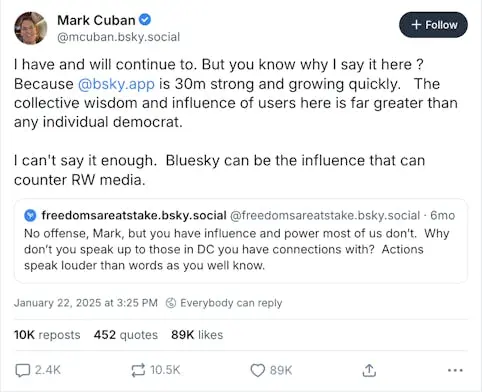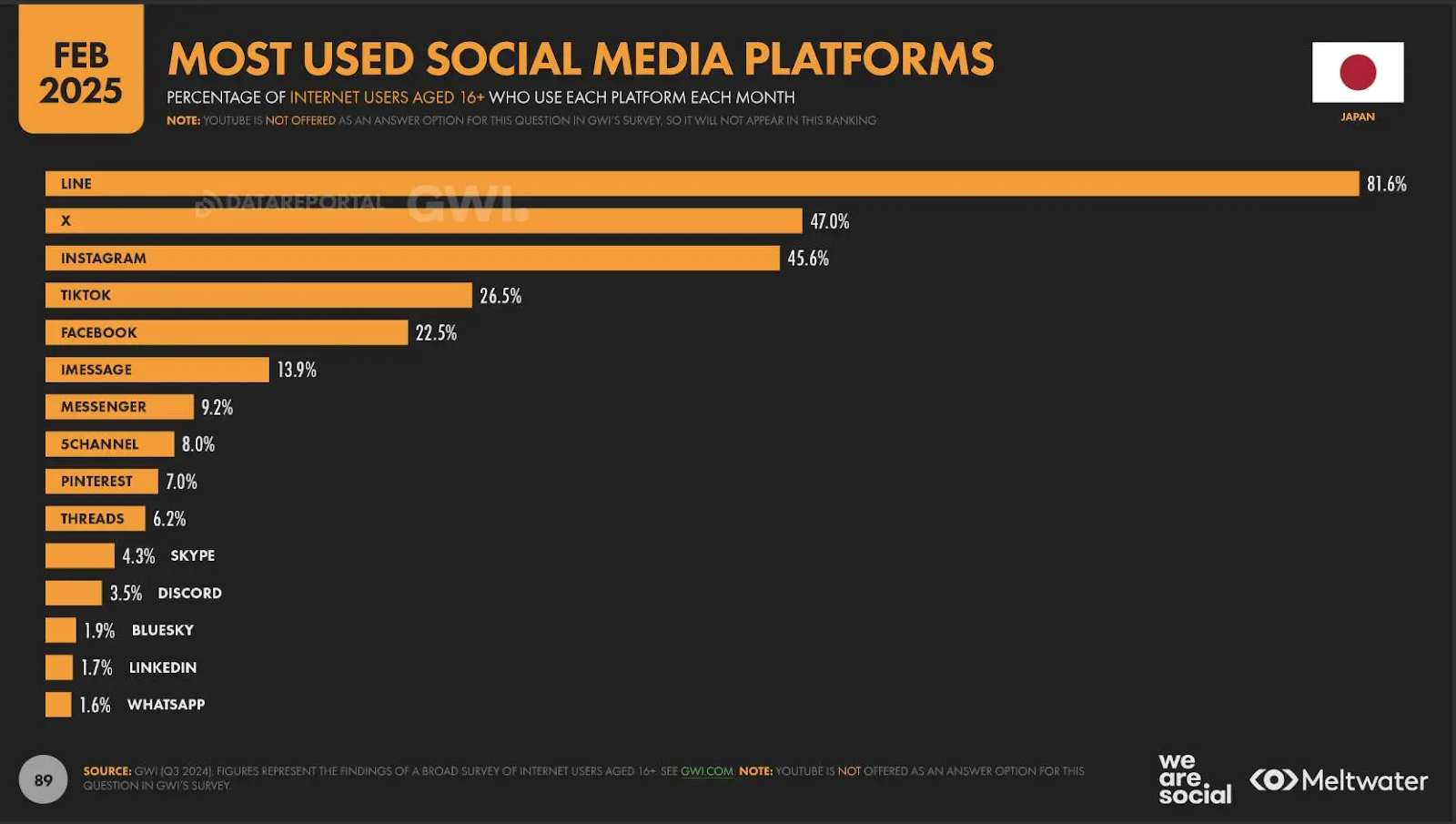Alternative social media is booming: Bluesky, Threads, Lemon8
Bluesky leads the buzz, but Threads and Lemon8 are rising in Japan. Here’s what brands need to watch

Alternative social networks are no longer fringe players. As users grow increasingly disillusioned with traditional platforms like X (formerly Twitter), attention is shifting to new entrants.
Many of these are backed by major tech companies or fueled by decentralized, open-source ideals.
This article explores Meltwater’s latest analysis of media mentions across these platforms from January to mid-August 2025. We break down who’s driving the buzz and what it means for marketers focused on next-gen audience engagement.
Short on time?
Here’s a table of contents for quick access:
- Bluesky dominates global media chatter
- Threads and Lemon8 gain ground in Japan
- What marketers should know about niche platforms in 2025

Bluesky dominates global media chatter
Bluesky accounted for a massive 85.5% share of voice among alternative platforms from January 1 to August 18, 2025, according to Meltwater. The platform, which promotes decentralized social networking, has emerged as the main destination for those moving away from X.

Two major media surges helped boost Bluesky's dominance:
- June 18, 2025: US Vice President JD Vance joined the platform, was briefly banned due to suspected impersonation, and later became its most blocked user
- January 22, 2025: Following Donald Trump’s presidential inauguration, influencers and public figures began urging users to leave X and join Bluesky
A single post by Mark Cuban on January 22 sparked more than 103,000 combined likes, comments, reposts, and quotes. This level of interaction shows that meaningful engagement is possible even on smaller, niche platforms.

While Bluesky, BeReal, and Threads have sustained interest, Lemon8 saw a more volatile spike. Mentions of Lemon8 jumped 102 times above average on January 19, driven by concerns around the US Protecting Americans from Foreign Adversary Controlled Applications Act. But by July, Lemon8 was averaging only 49 daily mentions.

Threads and Lemon8 gain ground in Japan
Bluesky may be the most talked-about alternative network globally, but Japan tells a different story.
In Japan, Threads has a 36.7% share of voice among niche platforms, followed closely by Bluesky at 32% and BeReal at 28%. Meta’s Threads is currently the 10th most used platform in the country, with Bluesky in 13th place. In contrast, neither appears in the top 15 most used platforms in the United States.

These numbers suggest that Japan is a uniquely active market when it comes to alternative social platforms. For marketers looking to reach digital-forward users in Asia, Japan offers fertile ground to test niche platform campaigns.
What marketers should know
The alternative platform space is still fragmented, but that doesn’t mean marketers can afford to ignore it. Here are four key takeaways:
1. News events drive platform attention
Whether it’s regulation or political drama, outside events are having a big impact on platform adoption. Marketers should stay alert to legislation and news cycles that affect where and how users engage.
2. Don’t dismiss niche platforms
Bluesky may have a smaller user base than Instagram or X, but it still delivers high engagement. If your audience is politically active, tech-savvy, or eager to try something new, niche platforms may outperform traditional channels in meaningful ways.
3. Regional behaviors vary
Threads is thriving in Japan, but barely registers in the US. The same content strategy won’t perform the same way in different markets. Localization and cultural fluency are essential for platform-specific success.
4. Test and adapt
There’s no universal formula. The content that performs well on BeReal might flop on Threads. Success will come from experimentation, platform fluency, and a willingness to pivot fast when trends change.
The age of platform loyalty is over. With fragmentation rising and regional differences growing sharper, marketers need to think on their feet. Bluesky may be the current favorite, but that could change quickly depending on the news cycle or local sentiment.
The most effective marketing strategies will come from understanding where audiences are going, why they are going there, and how to meet them with content that resonates.





